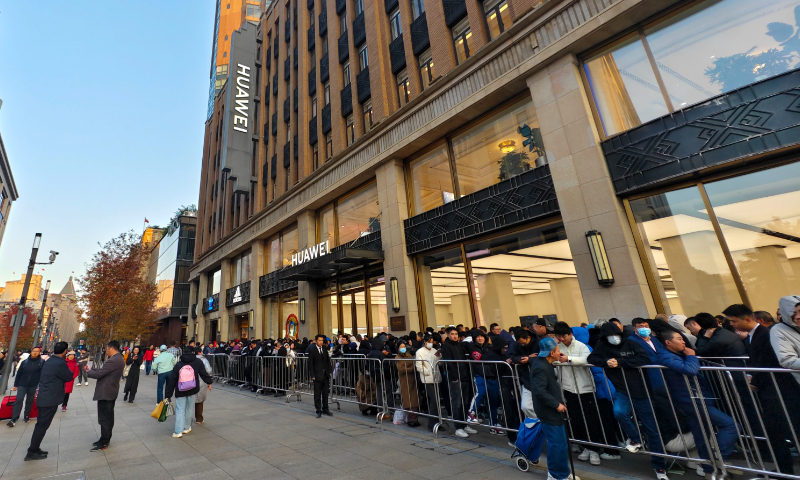Work-life balance isn’t a static destination, but a dynamic journey influenced by multifaceted factors. The rigidity of traditional work-life balance has faced challenges. Rather than forcefully separating work and personal activities, the work-life integration approach encourages finding ways to blend them harmoniously. More than taking sides, it’s about recognizing the diversity of individual needs, job dynamics, and personal circumstances.

Prioritizing work-life balance has been one of the most-heard workplace slogans since the pandemic days. Still, the opinion that a crystal-clear demarcation of 9 to 5 doesn’t work has always existed parallelly. Instead, work-life integration has been a suggested alternative for work-life balance by many CXOs these days.
Recently, Reddit’s Co-Founder and former Executive Chairperson Alexis Ohanian tweeted along similar lines, “Work-life balance is a farce. If you’re chasing that, you’re doing it wrong. You’ll never achieve anything close to that, nor should you. The key to managing work and life is knowing when you want to focus on which part — accepting that it’s a shifting equilibrium.”
“The point is, work-life “balance” isn’t so clear-cut – it’s a spectrum that’s ever-flowing back and forth. The key is staying tuned into yourself so you know when you need to adjust your priorities and, if you have a partner, keeping an open dialogue amid this constant flux,” Ohanian added.
Is work-life balance really not practical? Has this concept outlived its significance? Should people be focusing on work-life integration, instead of work-life balance?
ETHRWorld talks to the HR leaders.
Achieving a perfect work-life balance is an elusive endeavor
Sourav Mohapatra, Senior Director – HR, Hitachi Vantara, opines that in today’s fast-paced world, the concept of work-life balance has evolved from being a mere buzzword to a critical consideration for individuals striving to harmonize their professional and personal spheres. “As we delve into the intricacies of this delicate equilibrium, it becomes evident that achieving a perfect work-life balance is an elusive endeavor. The notion of work-life balance is not a one-size-fits-all proposition. It morphs and adapts based on personal priorities, job demands, cultural norms, and societal expectations,” he says.
Mohapatra adds, “As our lives become more intertwined with technology and remote work becomes commonplace, the rigidity of traditional work-life balance has faced challenges. Rather than forcefully separating work and personal activities, the work-life integration approach encourages finding ways to blend them harmoniously. It acknowledges that creative ideas can arise during family outings, and work tasks can be completed during off-peak hours.”
Feasibility varies
Seema Moitra, Head – HR, mPokket. admits that attaining a work-life balance might seem challenging in specific situations. “Work-life balance means different things to different people, and that’s where the term ‘work-life integration’ comes into play. Recognizing that work-life preferences are as diverse as the individuals themselves is crucial,” she says.
“While achieving a harmonious balance between work and personal life is important, its feasibility varies based on factors such as the nature of a job, personal commitments, support systems, and the overall organizational culture. It’s crucial to consider the unique circumstances of each employee, which can lead to improved well-being and engagement,” she adds.
Moitra points out that this approach contributes to a positive organizational culture that values employees as independent individuals, beyond their roles as workers. And, to thrive, she says, one must adapt and remain open to new approaches while respecting the diverse needs of oneself and others.
Not about identifying a single superior approach
Mohapatra of Hitachi puts forward that the debate between work-life integration and work-life balance isn’t about identifying a single superior approach. Rather, it’s about recognizing the diversity of individual needs, job dynamics, and personal circumstances.
According to Mohapatra, recognizing the dynamic nature of these factors is the first step toward striking a sustainable equilibrium. “Work-life balance isn’t a static destination, but a dynamic journey influenced by these multifaceted factors. While perfection may be unattainable, the pursuit of balance is essential for personal well-being and professional success,” he says.
“Navigating these waters requires a degree of experimentation and self-awareness. Regular assessment and adjustment of strategies are key to ensuring that chosen methods align with one’s well-being. Ultimately, the aim is to craft a lifestyle that optimizes productivity, fulfillment, and overall happiness,” Mohapatra adds.
The secret sauce is promoting holistic well-being
Yash Mohan, Head of People Team – APAC & India, BNY Mellon, says, “While my role spans several countries and time-zones, achieving a balance between my work and personal life becomes attainable thanks to our flex model, which allows me to organize my days in the office around my schedule. Our ‘Work from Anywhere,’ model enables me to work from one of many global locations for up to two weeks and enables me to spend time with my extended family.”
“For me, the secret sauce of work-life integration is promoting the holistic well-being of employees and creating a workplace culture that thrives on inclusivity. The well-being pillar of the firm encapsulates our pledge to ‘meet you in your life moments.’ Our holistic approach to well-being allows our employees to be their personal and professional best,” Mohan adds.
BNY Mellon offers family leave policies, including a minimum of 16 weeks of paid parental leave, 10 days of caregiver leave, and 10 days of bereavement leave. Besides this, the healthcare policies of the company are inclusive of domestic partners with support for major illnesses.
Besides flexible working hours and hybrid model of working, Coca-Cola has a Wellness Community headed by members of the leadership team to plan family/wellness initiatives for the associates and their family members.
Irene Tan, Vice President – Human Resources for India & Southwest Asia, Coca-Cola, says, “The mental and physical wellness of our employees is a top priority for our company. We believe healthy employees are happier, more engaged, and our best ambassadors.”
Mohapatra of Hitachi concludes that with a blend of thoughtful planning, and effective time management, individuals can navigate the complexities of work and personal life to achieve a harmony that aligns with their unique circumstances and aspirations.
Many companies these days are collaborating with elderly care ventures, daycares, and well-being centers to touch the personal lives of their employees. These are some clear signs of integration of professional and personal lives.
The complexities of modern life are not manageable with a concrete boundary of equal division of time and energy between work and personal life. Work-life boundaries are fluid. Sometimes, one may take precedence over the other depending on life stages and personal goals. It needs to be optimized on the basis of job demands, life circumstances, and individual differences.













